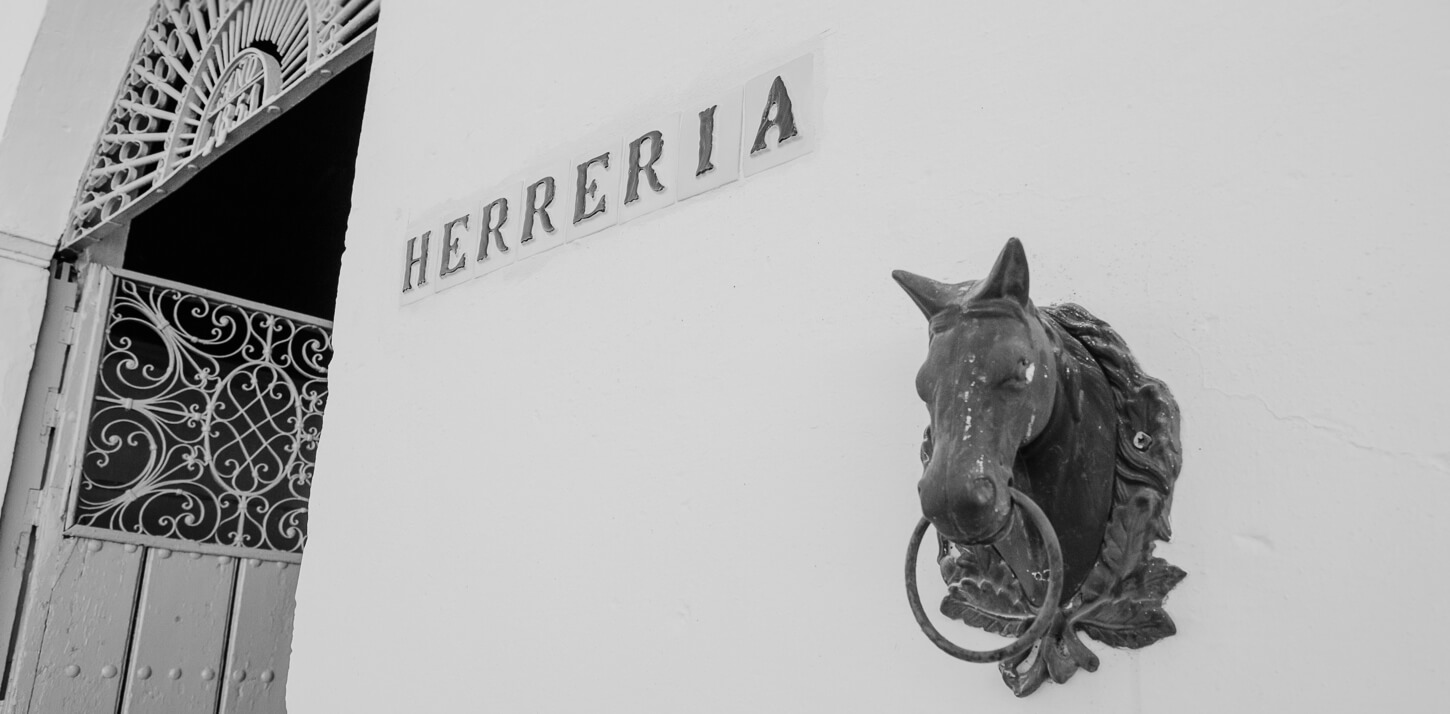Santa Clara, the most historic and relevant Cortijo in Carmona
Santa Clara lies on the Andalusian plains not far from the beautiful fortified city of Carmona. Its origins are unknown but it is thought to date back to the nineteenth century, making it the oldest farmhouse in the area.
It is undoubtedly the most significant farm in the municipality of Carmona and is a fine example of a ‘Cortijo village’ which is an organisation similar to a country estate. Today it covers more than 600ha, however at the height of its activity it was much larger and employed 200 regular workers and up to 500 at busy times.
For these reasons, the Cortijo-village of Santa Clara has many buildings, some of which are considerably removed from its epicentre so that they form a completely open structure. On arrival at the estate you come into a large courtyard at the heart of which stands a well. The courtyard is flanked on three sides by handsome agricultural buildings. The two towers which stand out on the right were once a rice dryer and a wheat mill while the other buildings were used as a granary, stores and workshops. Opposite these are more vast outbuildings and on the door of one of them appears the date 1851. At the far end of the courtyard and topped by a small crenelated tower is the cavernous ‘la tahona’ or bakery, where bread was produced for the family and workforce. Just beyond the main complex of buildings is a charming chapel with a tall belfry.

Farm labourers were accommodated behind the granary in a further suite of buildings which has now been converted into a house.
About 200m from the main site is a linen factory which is currently in ruins. Two maceration pools are still discernible with a number of dryers beside them.

